What is the Average Electricity Bill by State in 2025?
Electricity is an essential part of modern life, powering communication, entertainment, commerce, and daily household activities such as lighting, air conditioning, and food storage. However, electricity costs vary significantly from state to state, affecting how much you pay each month.
If you're curious about how your state's average electricity bill compares, you're in the right place. In this guide, we'll explore electricity costs across the U.S. and provide insights on reducing your energy expenses by using solar generators and solar panel.
Average Electricity Bills in All 50 U.S. States
The Bureau of Labor Statistics (BLS) monitors electricity and gas costs nationwide. As of January 2023, the average electricity price in the U.S. was $0.168 per kWh. However, translating this into actual monthly bills can be complex. Fortunately, the U.S. Energy Information Administration (EIA) tracks and publishes electricity cost data, making it easier to compare average bills by state.
Average Electric Bill for Homes
Household energy bills account for daily activities, including cooking, cleaning, and entertainment. Understanding your state's average residential electric bill can help you manage consumption and avoid unnecessary expenses. The table below provides a breakdown of average home electricity costs by state.
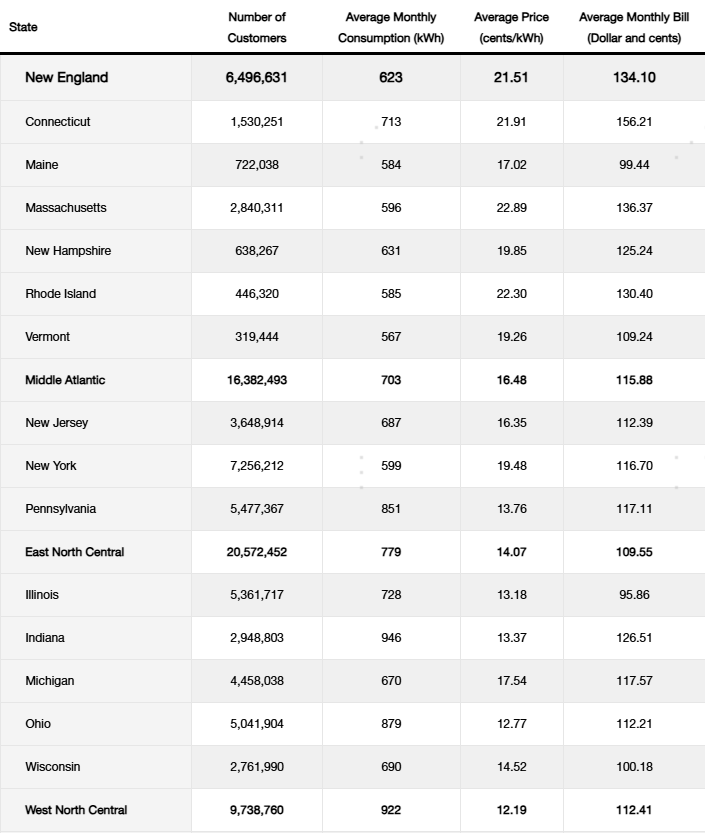

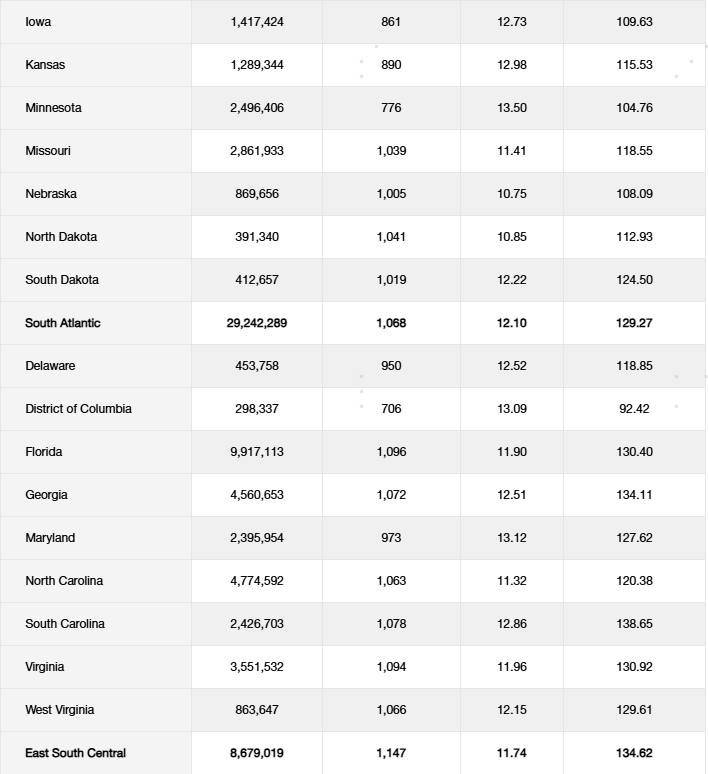


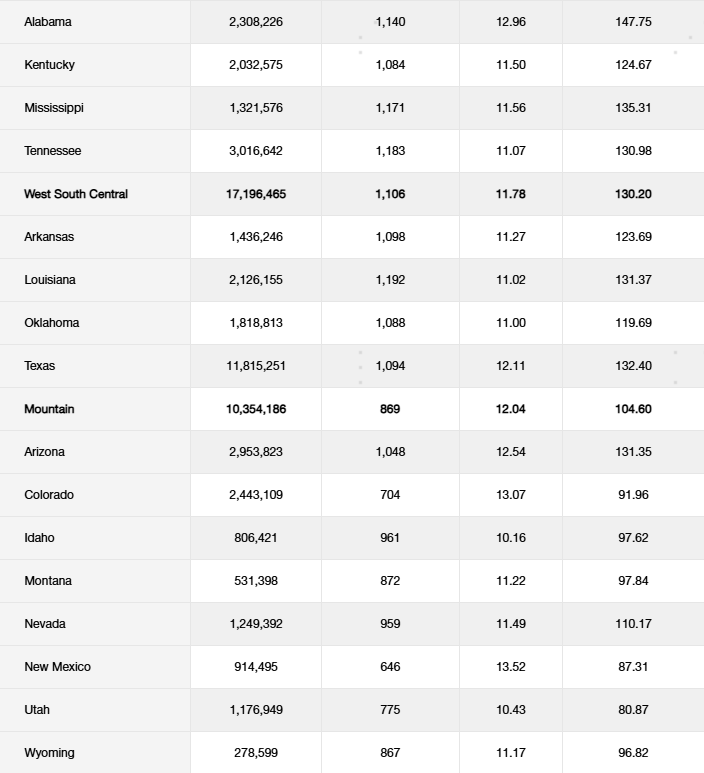
Average Electric Bill for Businesses
Businesses require substantial energy to power lighting, computers, manufacturing equipment, and other operational needs. If you're a business owner looking to reduce overhead costs, understanding your state's commercial electricity rates is crucial.
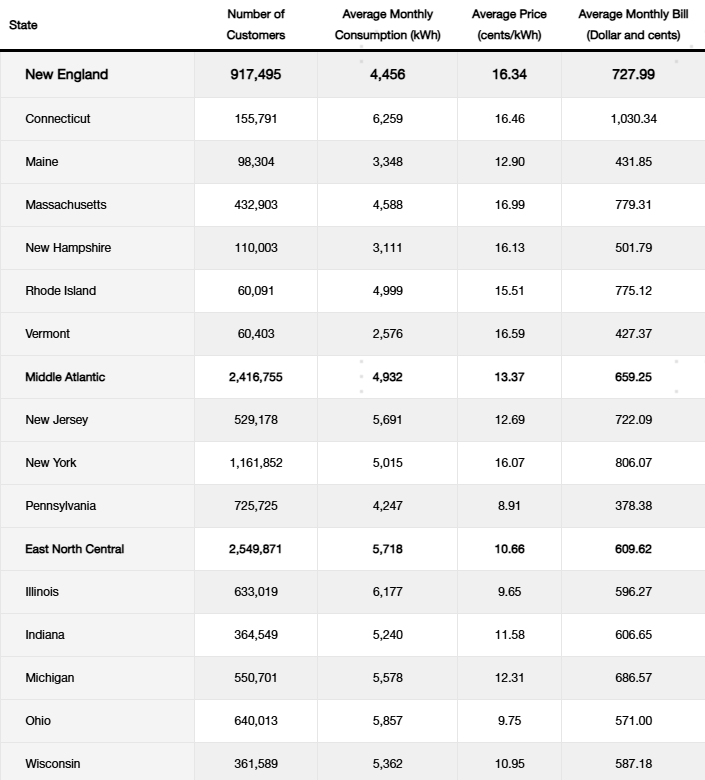

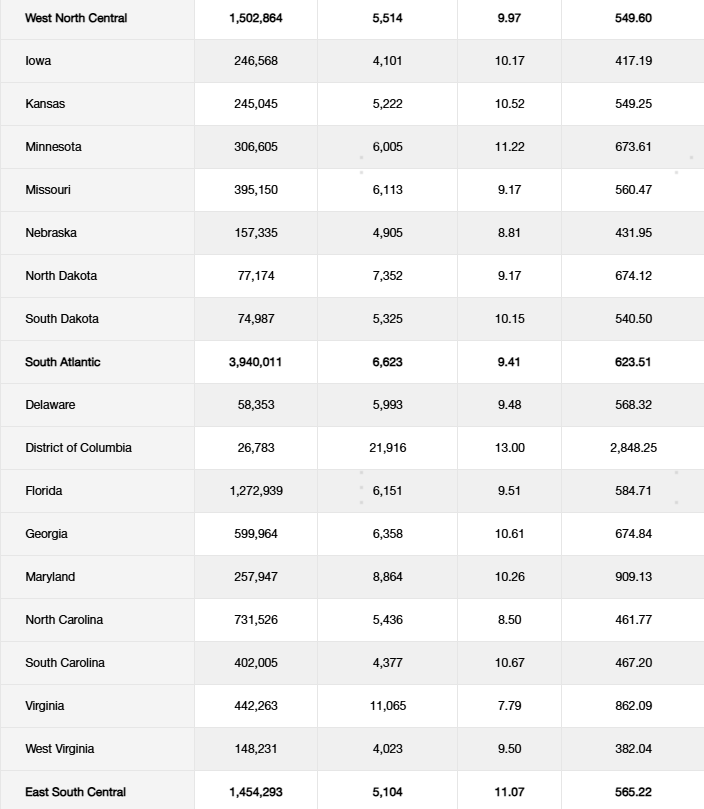

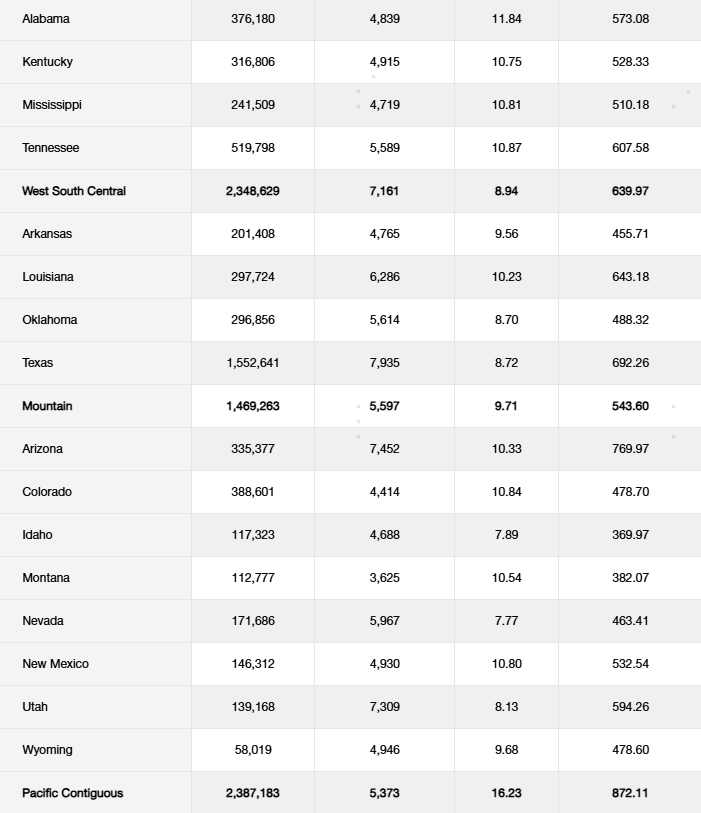

How Is the Average Electricity Bill Calculated?
The average electricity bill in any state is determined by multiplying the total monthly electricity consumption by the average cost per kWh:
Average electricity used per month (kWh) × Average cost per kWh = Average electricity bill
Electricity rates can vary based on the provider and user type. While commercial rates are often lower than residential rates, businesses consume more energy overall. Despite these variations, analysts use the same formula to estimate both residential and commercial electricity bills.
What Are Contributing Factors to a High Electricity Bill?
While you can't control electricity rates in your state, you can take steps to reduce your monthly bill by using solar panels. Below are some common factors that drive up electricity costs:
1. Energy-Intensive Appliances
Household appliances have varying energy efficiencies. Running high-energy-consuming appliances, such as air conditioners, for extended periods significantly increases electricity costs. To minimize expenses, choose energy-efficient appliances and be mindful of usage patterns.
2. Poor Insulation
Drafty windows, unsealed doors, and inadequate insulation force heating and cooling systems to work harder, increasing energy consumption. Upgrading to energy-efficient windows and sealing leaks can significantly reduce energy loss.
3. Inefficient Energy Habits
Leaving lights on, running ceiling fans unnecessarily, or keeping devices plugged in can contribute to higher electricity bills. Simple changes, such as turning off unused appliances and washing clothes in cold water, can lead to noticeable savings.
4. Extreme Weather Conditions Severe heat or cold increases reliance on heating and cooling systems, leading to higher electricity usage. To mitigate this, use blinds to block out heat, run AC units during off-peak hours, and invest in energy-efficient HVAC systems.
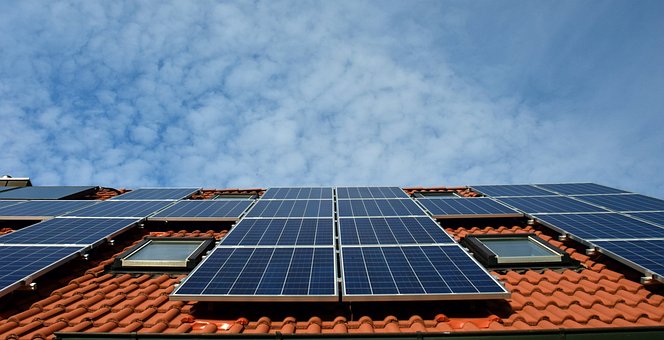

How Can you Lower Your Average Monthly Electricity Bill?
If you're looking for ways to cut your electricity costs, consider the following solutions:
1. Minimize Vampire Energy
Even when turned off, many devices still consume power if plugged in. Unplug electronics when not in use or use smart power strips to cut off standby energy consumption.
2. Switch to Renewable Solar Power
One of the most effective ways to reduce electricity costs is by adopting solar energy. Installing solar panels or using solar generators, like the EcoFlow DELTA Pro, can significantly lower your monthly bill while providing energy independence. Solar solutions also serve as a backup during power outages.
3. Use Appliances Efficiently
·Run dishwashers and washing machines only with full loads to conserve energy and water.
·Set refrigerators and freezers to optimal temperatures to prevent excessive energy consumption.
4. Upgrade to Energy-Efficient Systems
Investing in Energy Star-rated appliances, LED bulbs, and smart home energy management systems can lead to long-term savings. Additionally, integrating a Smart Home Ecosystem with devices like the EcoFlow Smart Home Panel allows for efficient energy monitoring and optimization.
Frequently Asked Questions
Q1: Which State Has the Highest Electric Bill?
As of 2021, Hawai'i had the highest average residential electricity bill, with an average monthly cost of $177.78.
Q2: Which State Has the Lowest Electric Bill?
Utah had the lowest average residential electricity bill in 2021, with an average monthly cost of $80.87.
Q3: Which US state has the cheapest electricity?
States like Louisiana and Oklahoma often have the cheapest electricity rates. Still, using a portable power station can help cut energy costs even more, especially during peak usage times.
Q4: What state has the highest average electric bill?
Hawaii usually has the highest electric bills due to high energy prices. That’s why many residents there turn to solar panels to offset the cost and gain energy independence.
Conclusion
As energy prices continue to rise, understanding electricity costs by state can help you make informed financial decisions. By adopting energy-efficient habits, upgrading appliances, and investing in solar energy solutions like EcoFlow, you can lower your electricity bill and increase your home’s energy resilience while contributing to a sustainable future.
Ready to reduce your energy costs? Explore EcoFlow’s solar solutions today and take control of your electricity consumption.